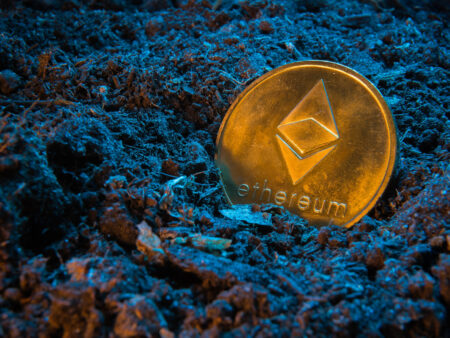In a significant development for the Ethereum community, the United States Securities and Exchange Commission (SEC) has concluded its investigative scrutiny concerning Ethereum 2.0. This marks a pivotal moment for the second-largest blockchain network, which has been under the regulatory microscope amid a broader clampdown on the crypto ecosystem by U.S. authorities.
The SEC’s investigation into Ethereum 2.0 has engendered substantial discourse within the crypto space, with many stakeholders awaiting the agency’s findings and potential regulatory actions. Ethereum 2.0, or Eth2, represents a major upgrade to the Ethereum blockchain, introducing a proof-of-stake consensus mechanism that aims to enhance the network’s scalability, security, and sustainability. The transition is poised to shift the network away from the energy-intensive proof-of-work model, positioning Ethereum as a more eco-friendly blockchain.
With the investigation now behind, Ethereum developers and users may have been expecting to engage in staking activities with regulatory peace of mind. Staking is a process where users lock up their cryptocurrency holdings to support the operations and security of a blockchain network, in return for rewards or interest. However, despite the conclusion of the SEC’s probe, the staking facet of Ethereum 2.0 has not yet been given the all-clear from a regulatory standpoint.
This lingering uncertainty over staking continues to cast a shadow over the upgraded network, with the potential for future regulatory challenges that could impact stakeholders. The SEC’s silence on staking leaves many questions unanswered, particularly around the classification of staked assets and the implications for investors and validators within the decentralized finance (DeFi) ecosystem. Without explicit guidance, the industry is left to navigate a nebulous regulatory landscape, where the risk of unforeseen enforcement actions remains.
For the Ethereum community and the crypto sector at large, this represents a continuing conundrum. On one hand, the SEC’s conclusion of its Ethereum 2.0 investigation without immediate enforcement can be seen as a tacit acknowledgment of the blockchain’s evolving status. On the other hand, the lack of clarity specifically regarding staking practices suggests that regulatory hurdles are far from over, with the SEC potentially scrutinizing how staking aligns with securities laws.
In summary, while Ethereum 2.0 may have cleared an important hurdle with the SEC’s investigation reaching a close, the staking element of the updated network stands on uncertain ground. Until the SEC provides definitive guidance or regulations regarding staking activities, stakeholders must proceed with caution, mindful that the regulatory environment remains dynamic and that compliance is key to the sustainability of their operations. The coming months are likely to be critical as the Ethereum community seeks further clarity and the SEC continues to shape its stance on digital assets.










